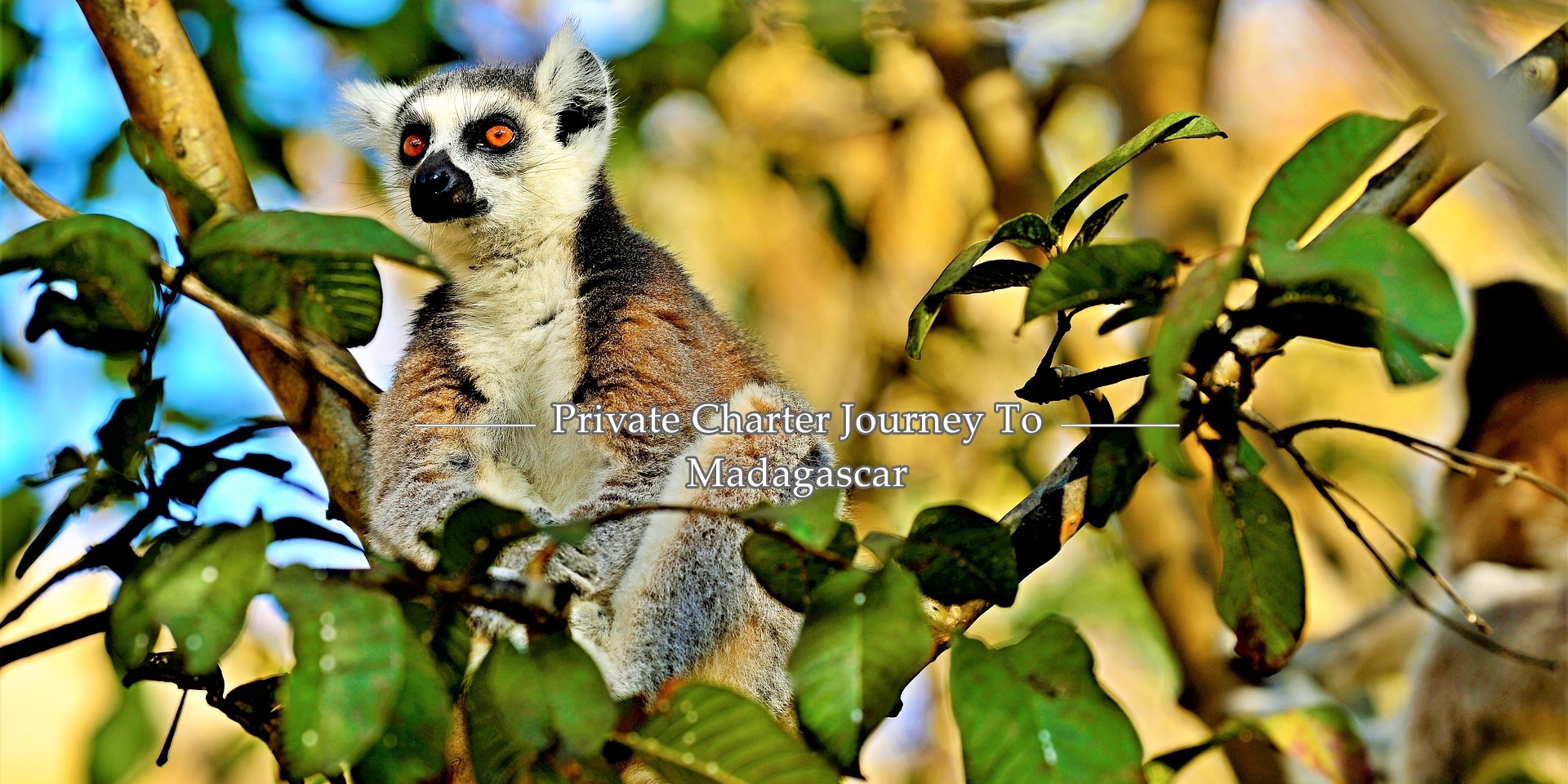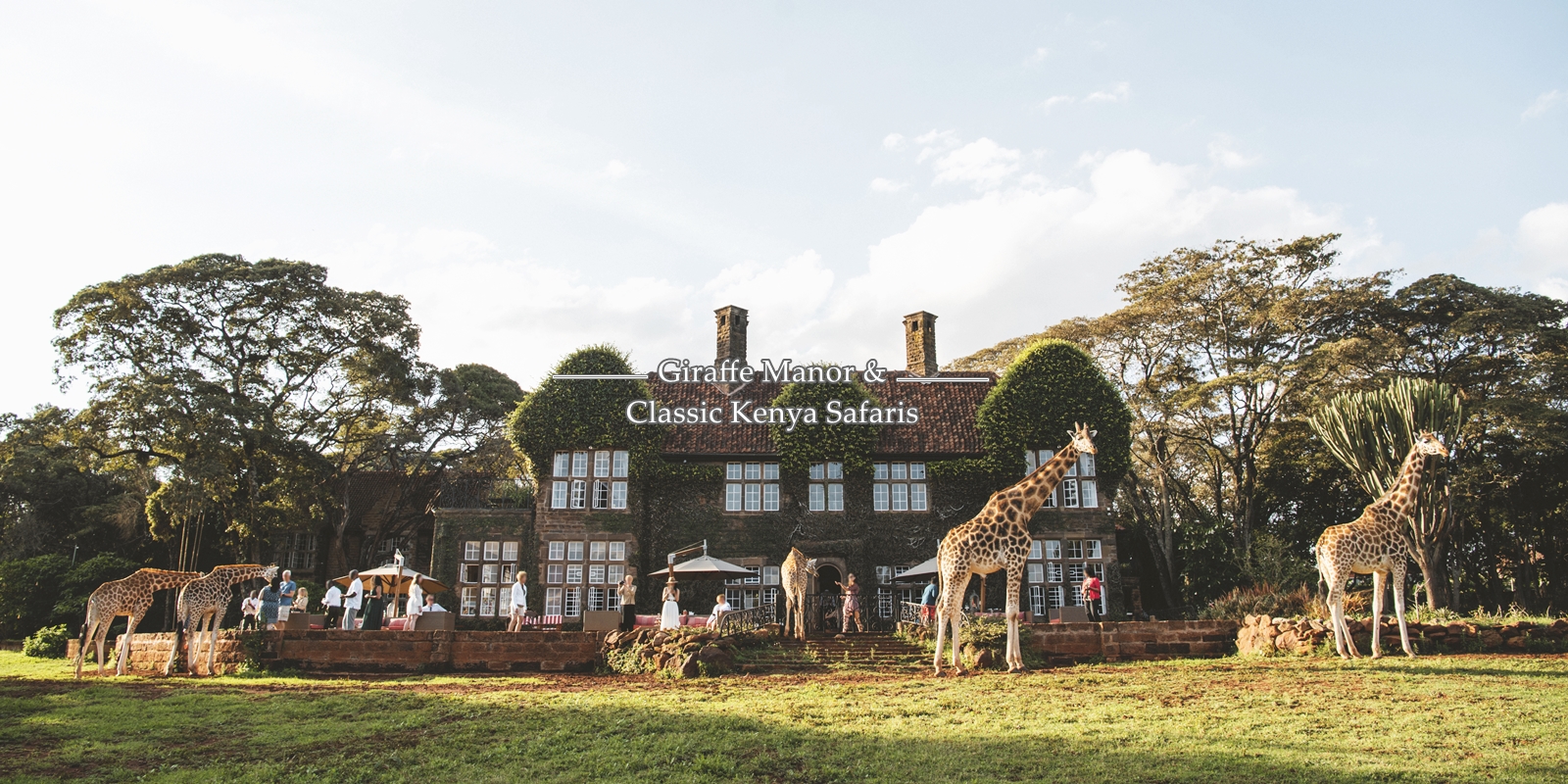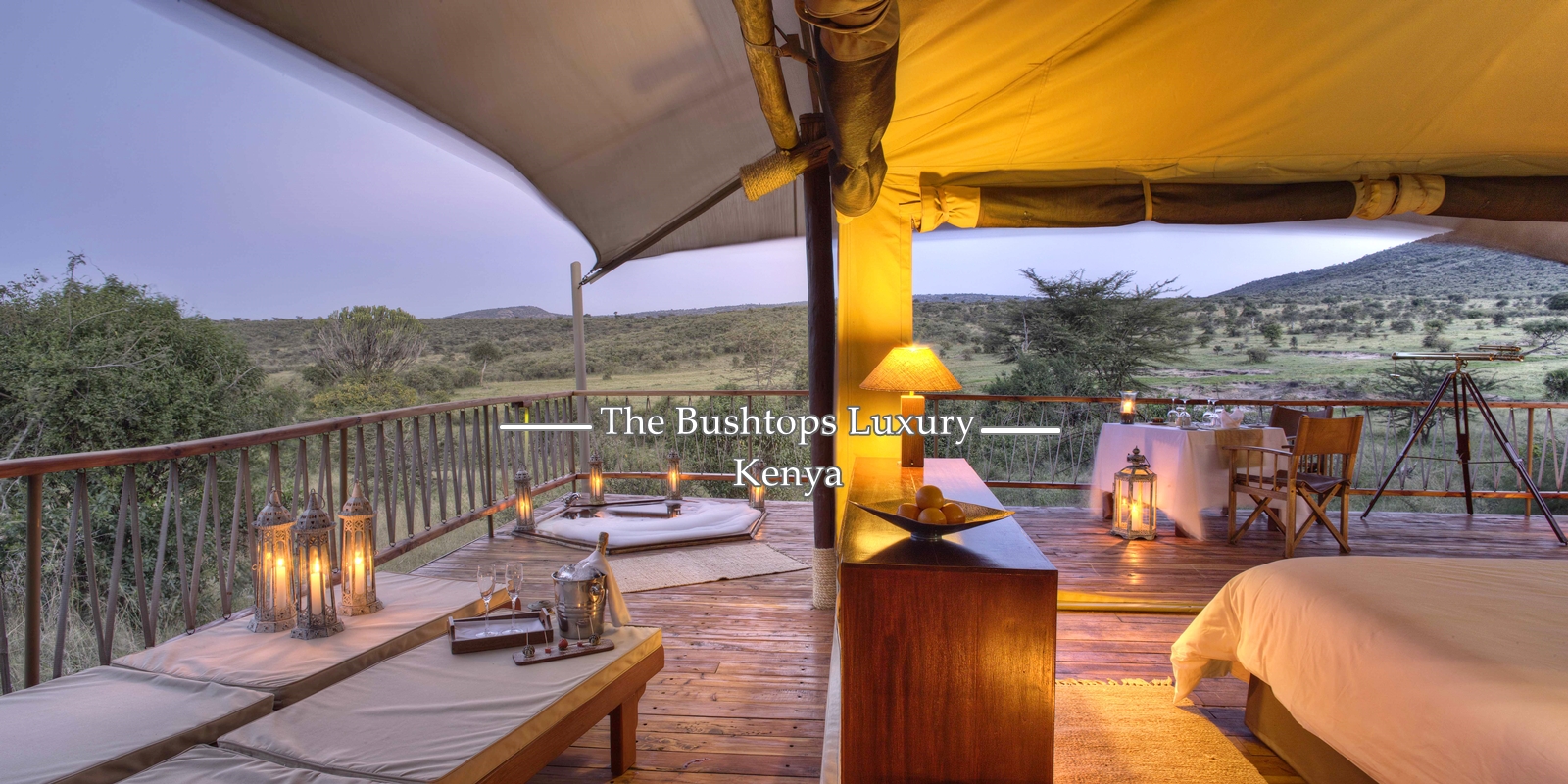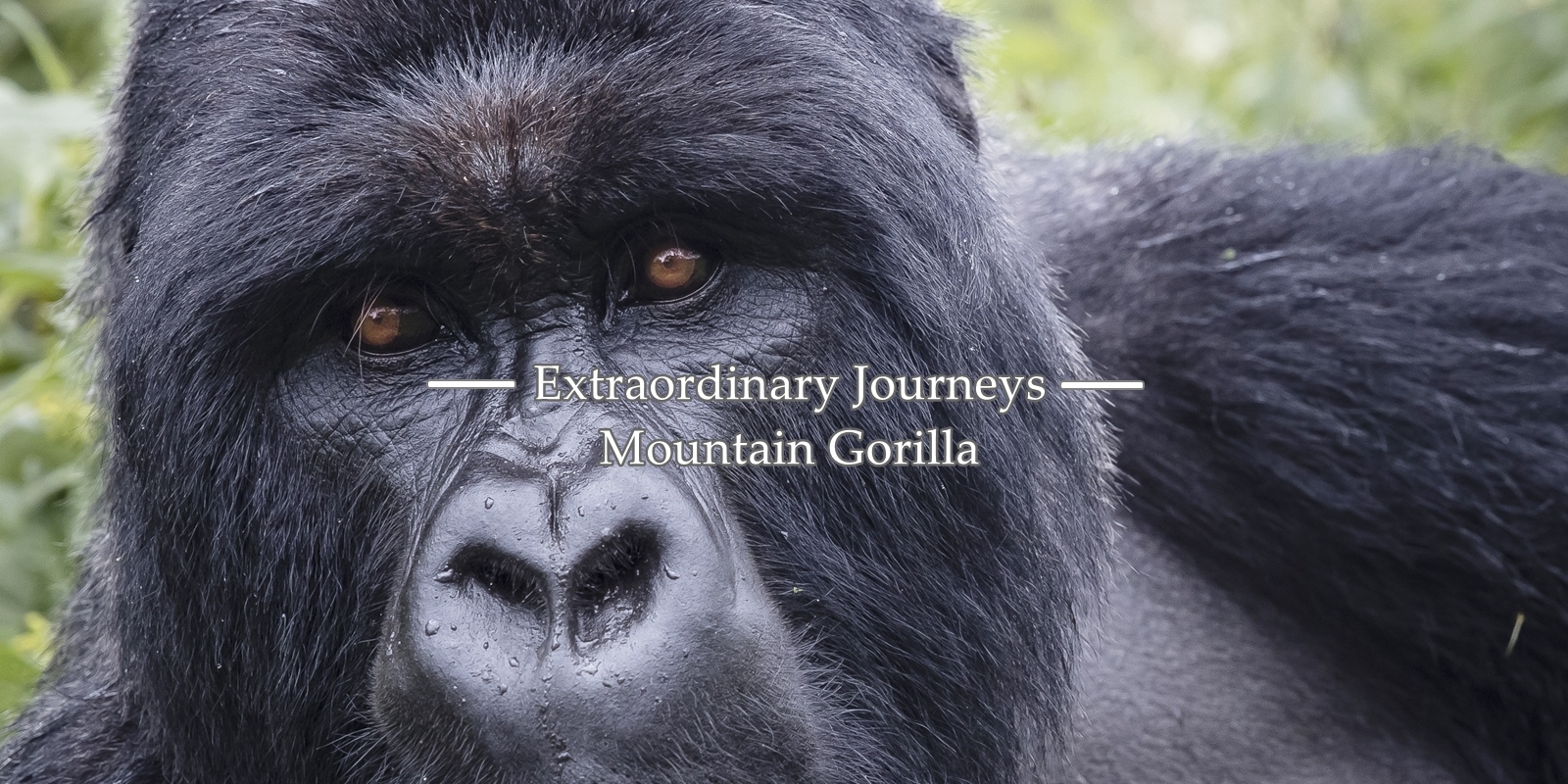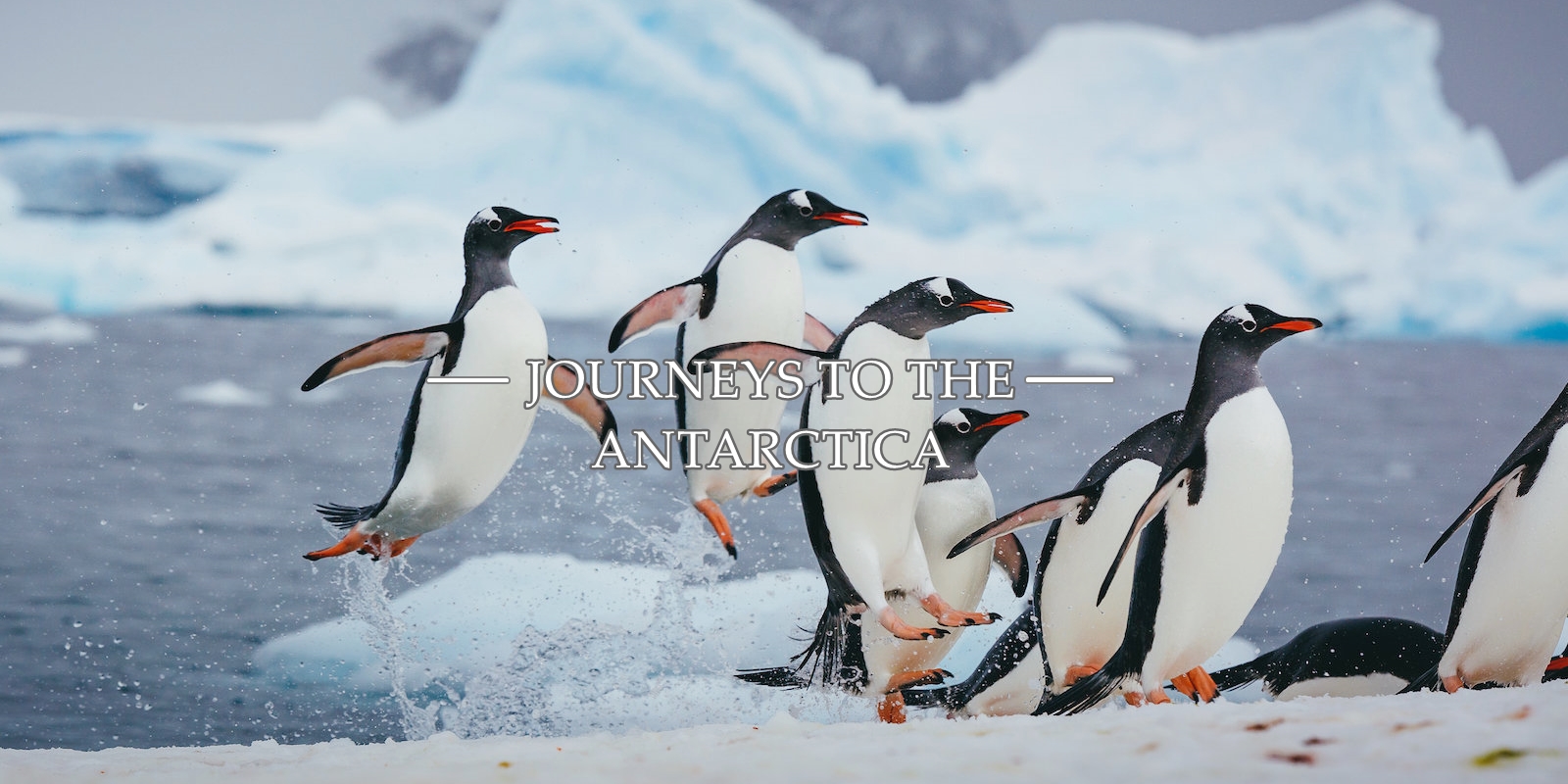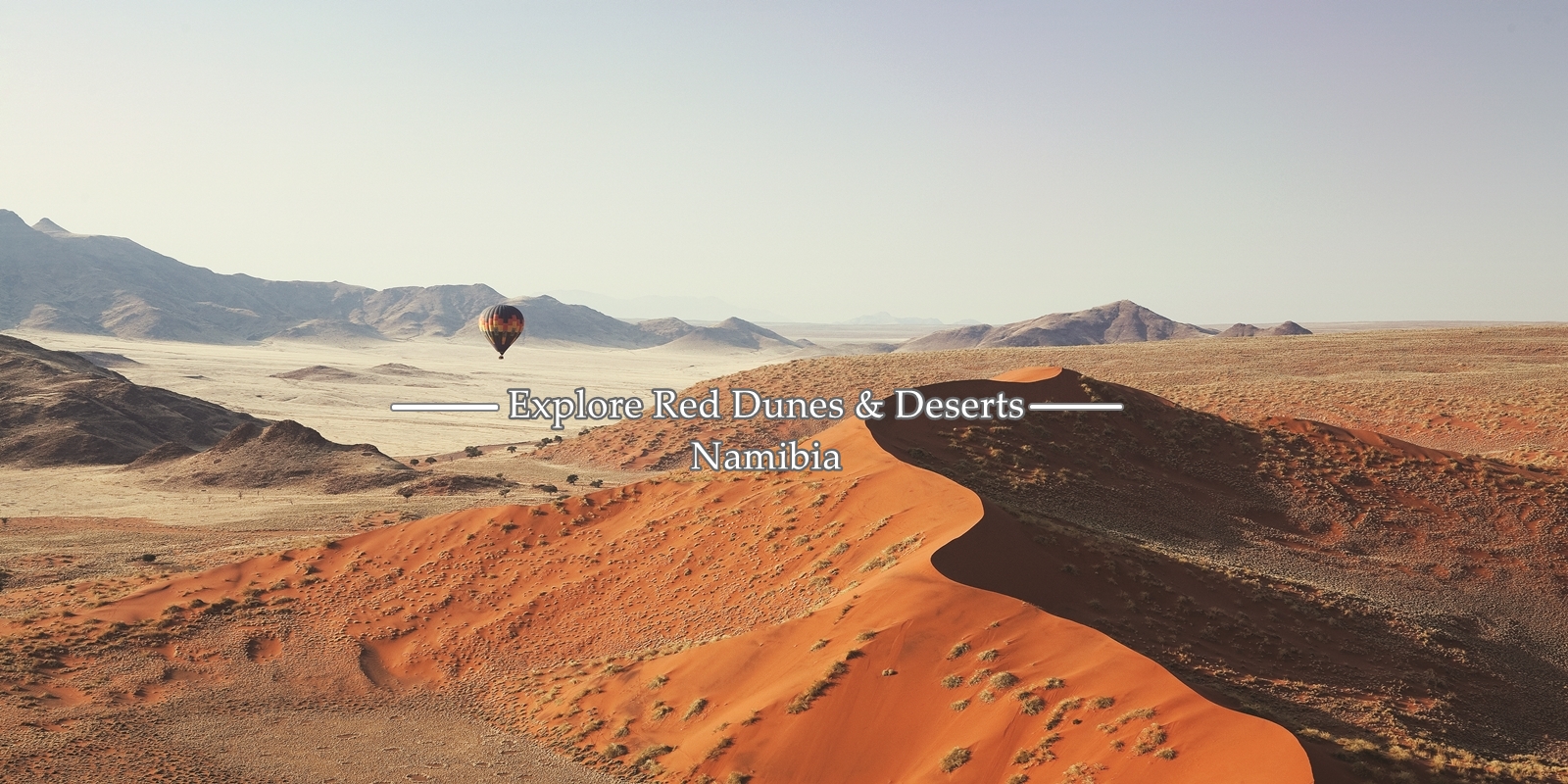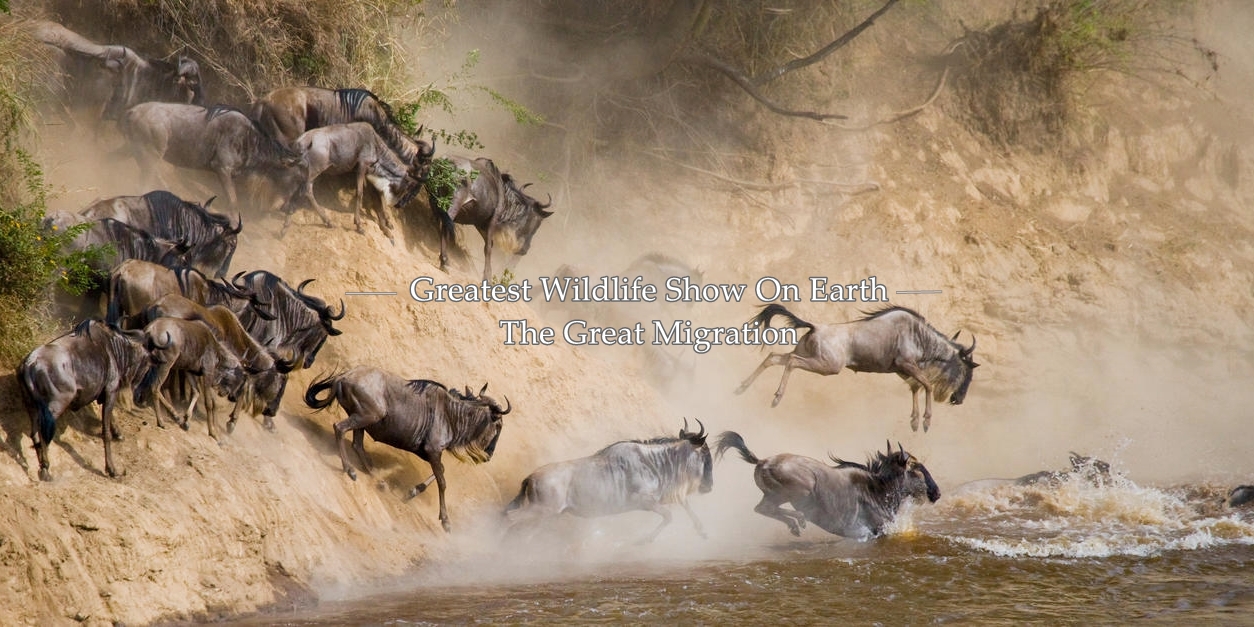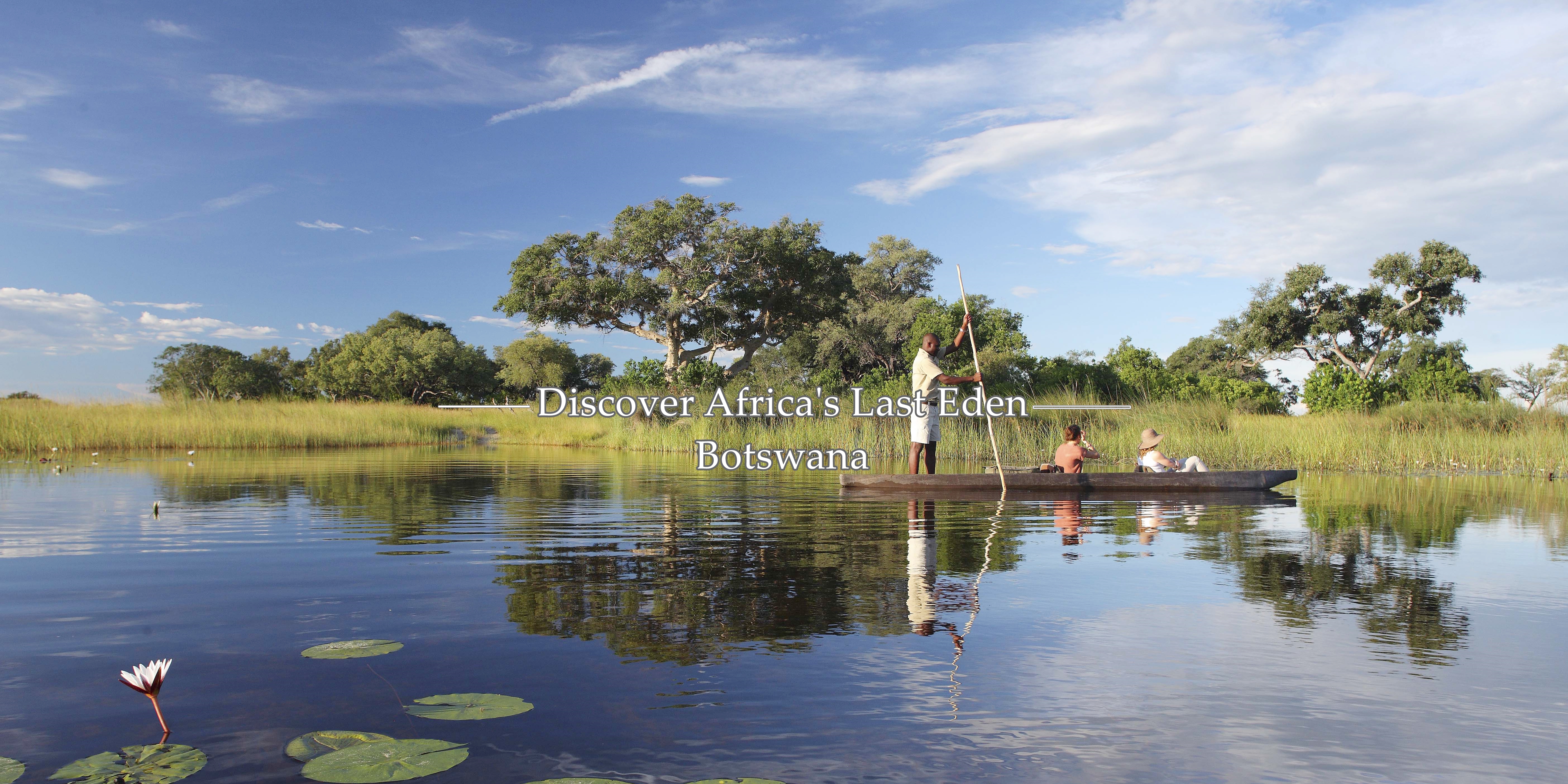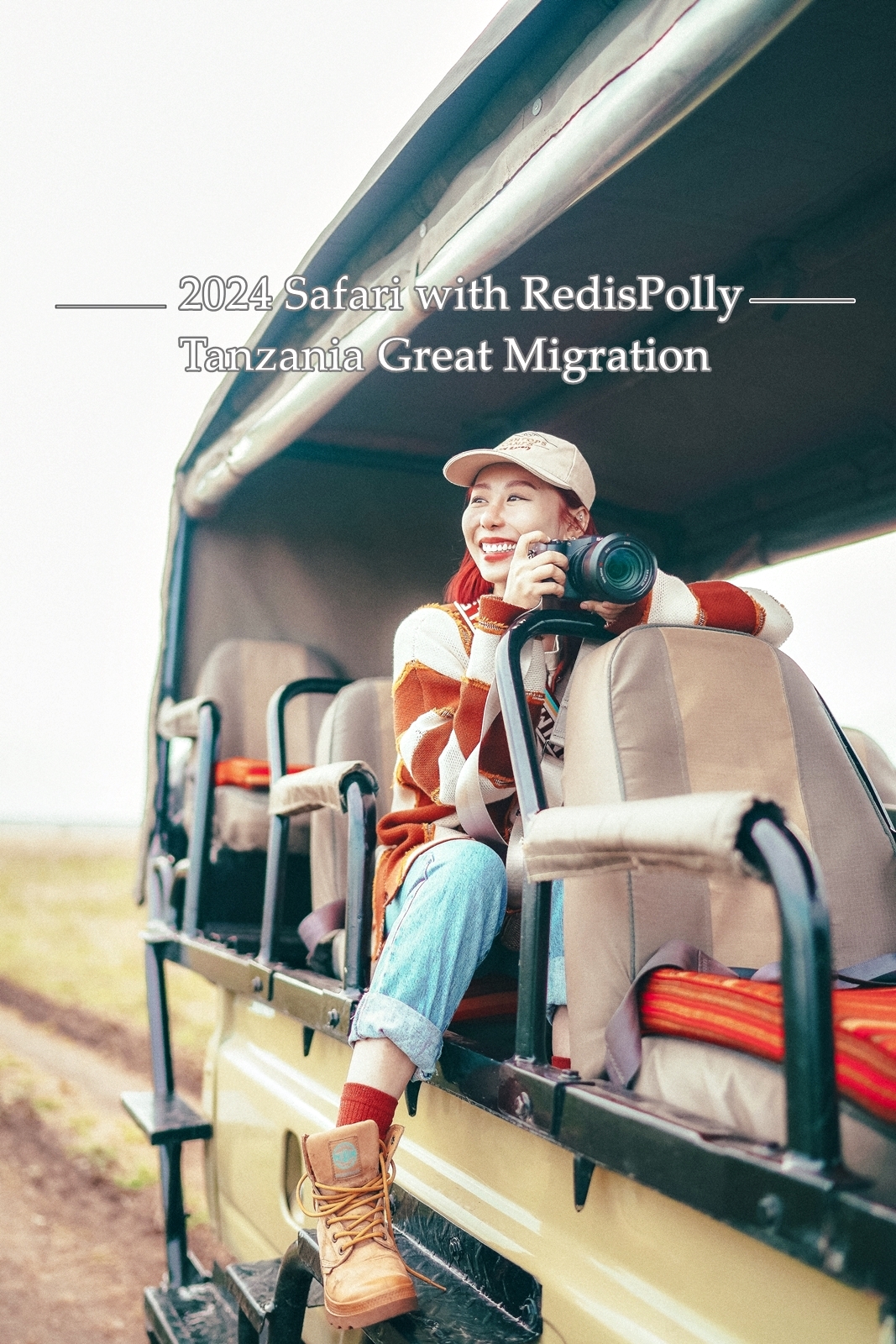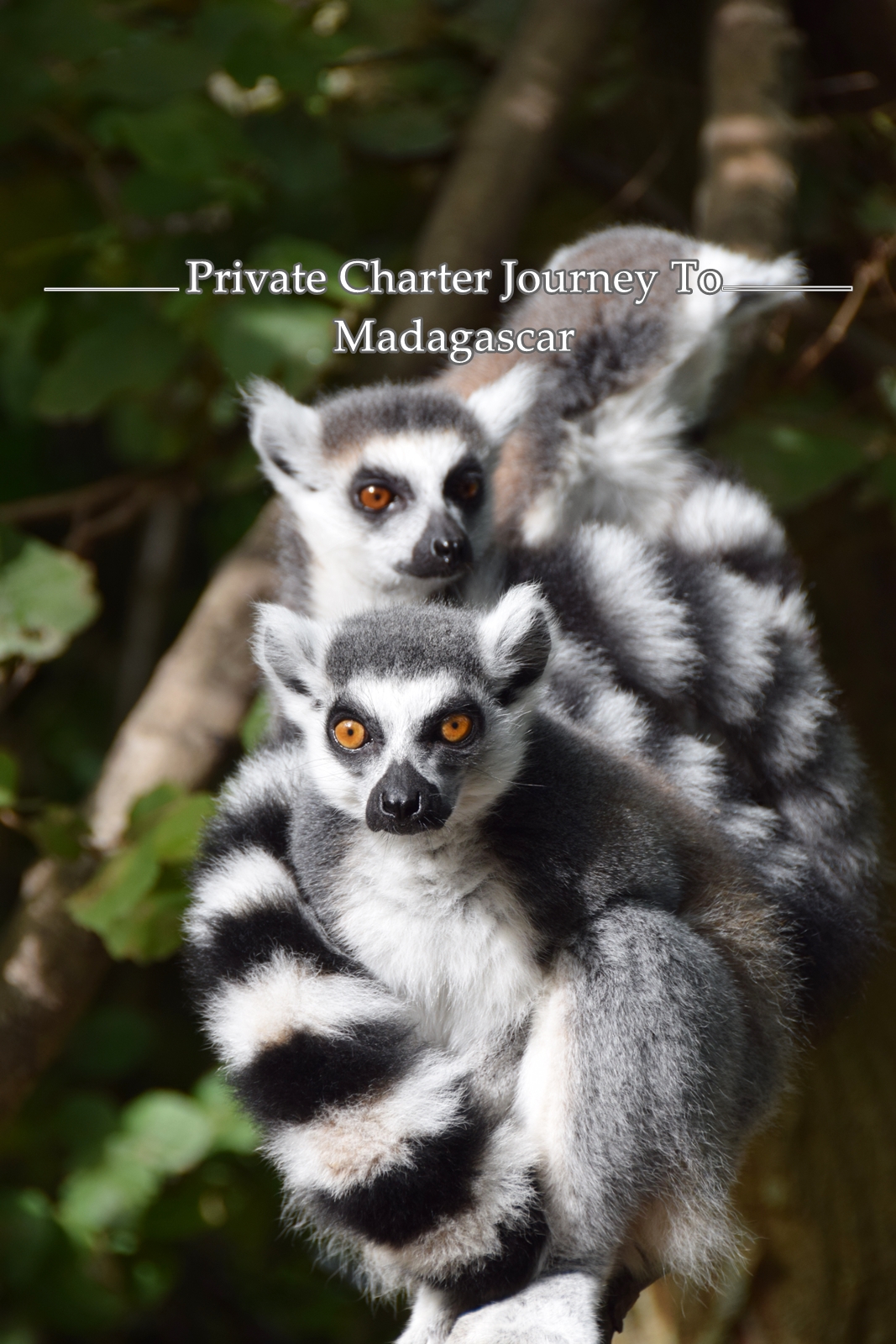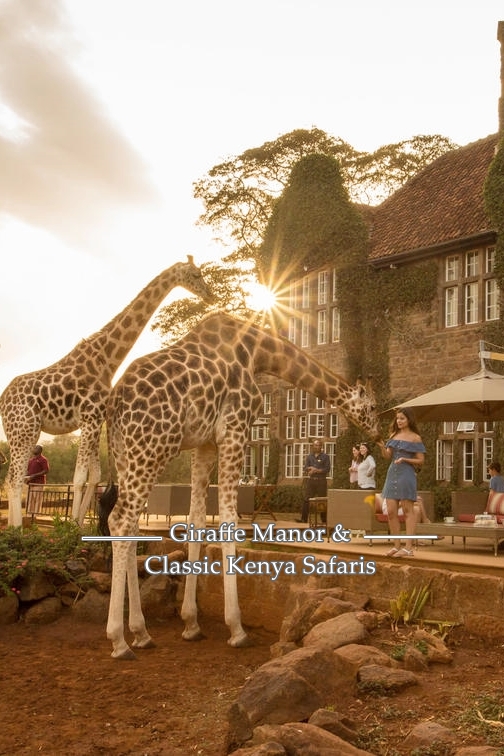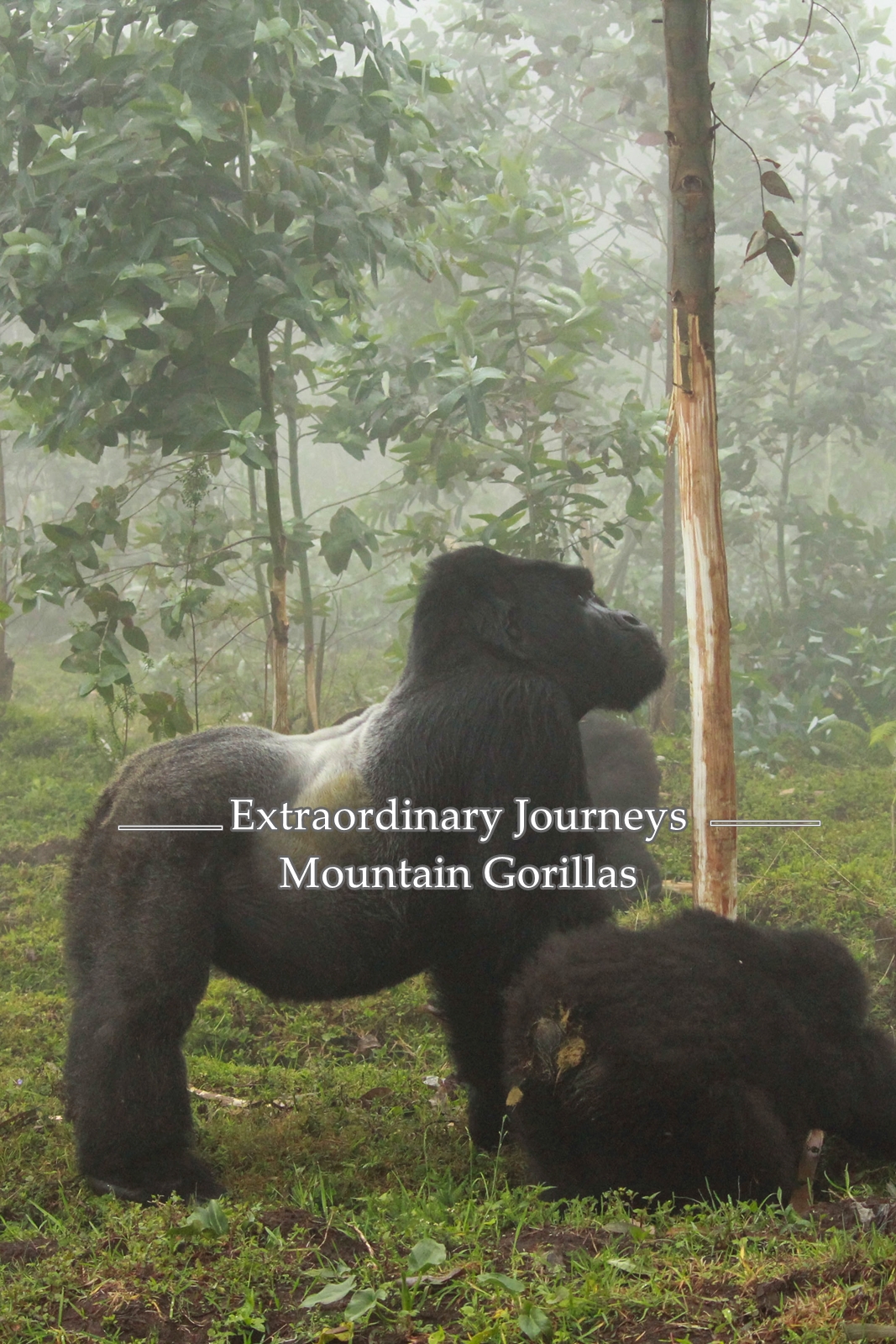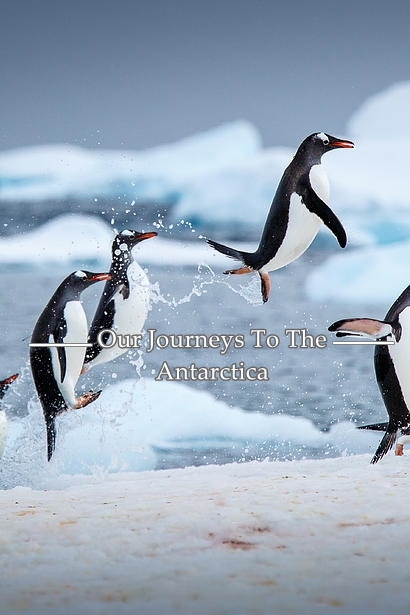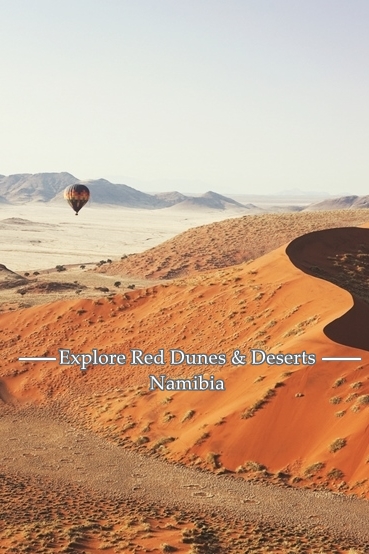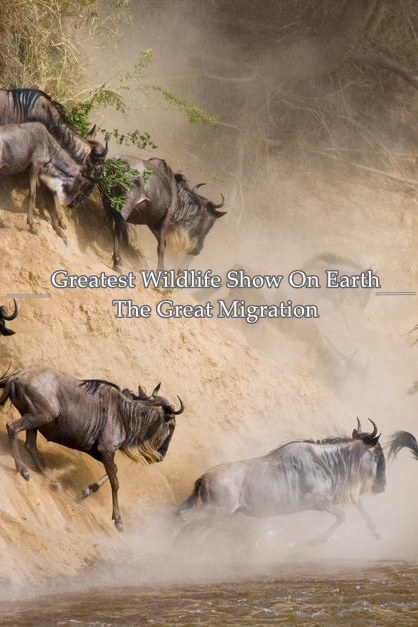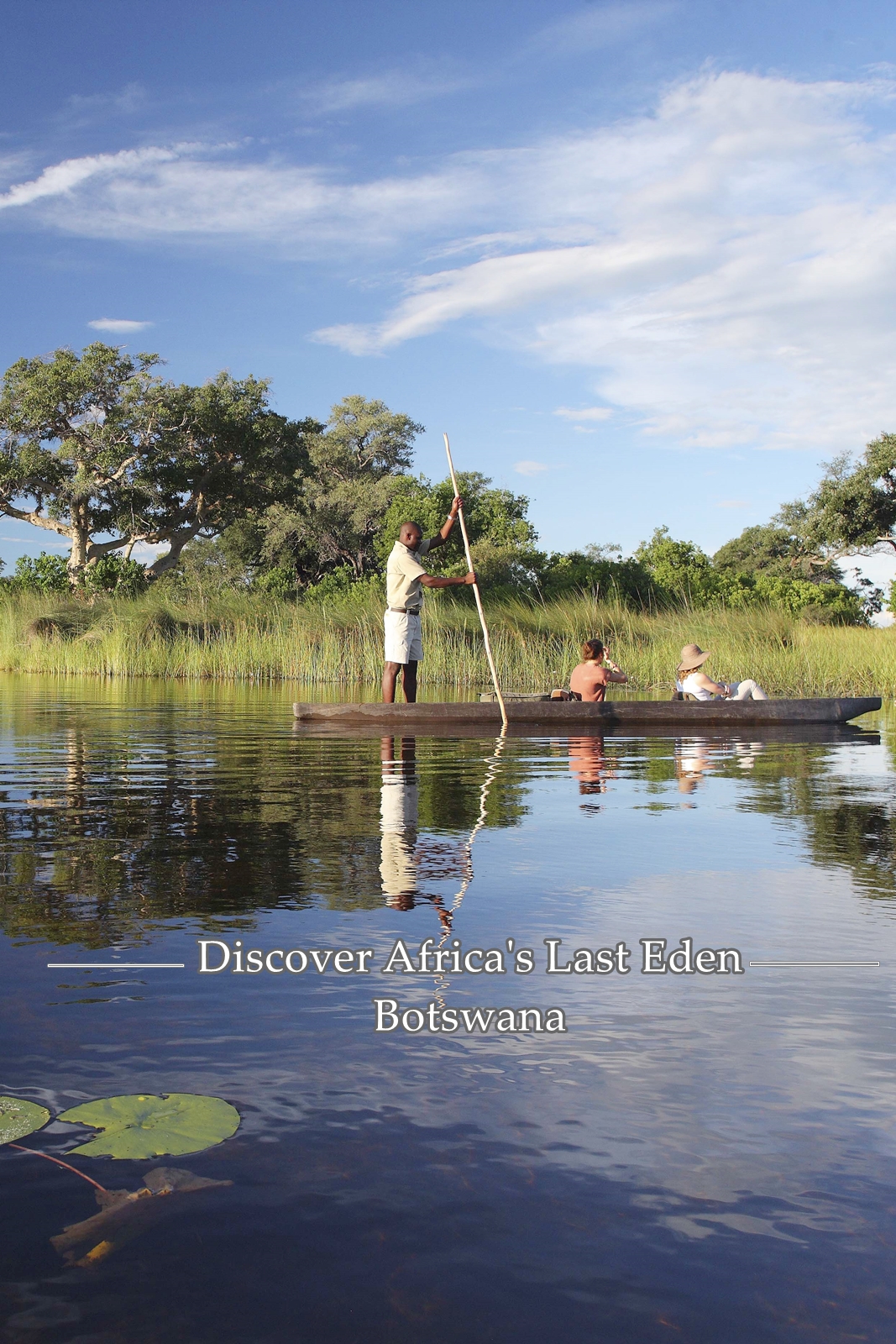The Great Migration
One of nature's biggest wildlife spectacles is the wildebeest migration, over two million animals migrate from the Serengeti National Park in Tanzania to the greener pastures of the Masai Mara National Reserve in Kenya during June through to October. The principle players are the 1.5 millions wildebeests, with supporting roles from some 350,000 Thomson’s gazelle, 200,000 zebra and 12,000 eland.
The migration has to cross the Mara River in the Masai Mara. This is one of the highlights as the animals try and cross the Mara River and contend with hungry crocodiles.The lions, hyenas, leopards, cheetahs and lesser predators await the annual coming of the migration with eager anticipation.
The wildebeest migration follows the year’s annual rainfall so its appearance in Tanzania and Kenya is weather dependent.
Top moments:
December: Two millions wildebeest, zebra and gazelle spread over on the short-grass plains on the Ngorongoro border during this rainy season for couple of months
February: An incredible shows of the natural world is on, the peak of breeding season. Thousands of birth taken place on the plain around Lake Ndutu in the Southern part of Serengeti. For about 3 weeks, an average of 8000 wildebeest are born each day. These calves are on their feet in minutes and running at full speed within an hour, to avoid the predators.
A spectacular bird migration is also happening at the time of the year. More than 530 species of birds are recorded, with a quarter of which migrate annually to or through the park.


May/June: Hundreds of thousands of wildebeest are preparing the movement from southern plain to the North. In early June, great chance of seeing large numbers of predator- prey interaction. Lions, spotted hyenas, cheetah and leopard and so on fill the concentration in the Seronera Valley. Lions and spotted hyenas kills daily, while leopard drag the young wildebeest up into the trees, along the south bank of the Grumeti as it runs through the western corridor in late June.
June/July: Wildebeest mating season begins and the major part of the migration will be seen in a stretch of land towards Lake Victoria, called the Western Corridor. The brave wildebeests cross the Grumeti River dramatically, that Nile crocodiles hide or leap out of the water and finally capture its prey.


August-November: The herds continue toward the Mara River, which is the only permanent water source in the Serengeti-Mara ecosystem. At this time, some animals are desperately in need of water and fresh pastures. However, some young ones would die on route of thirst, starvation and exhaustion. Thousands of others will plunge into the river or crossing into Kenya’s Masai Mara Reserve for a period of around four months.

